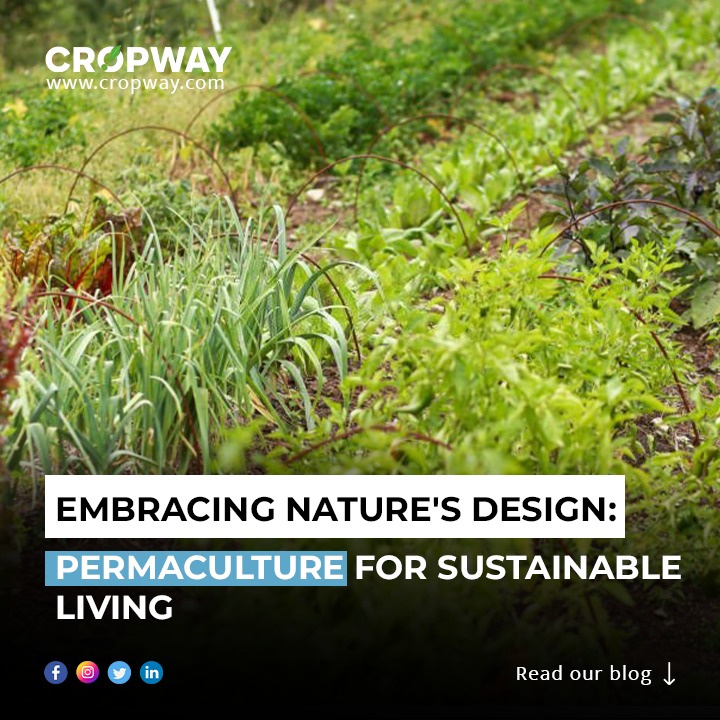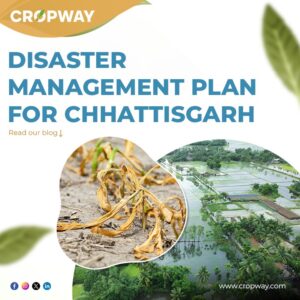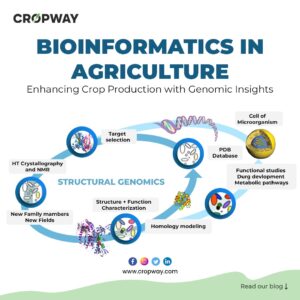
Nature possesses remarkable regenerative abilities and abundant resources vital for all life on Earth. Unfortunately, the rapid growth of the global population has led to destructive practices like ecocide and deforestation, undermining the gifts nature offers.
Minimizing materialistic and non-materialistic consumption conserves resources, promoting productivity with minimal effort. This approach ensures a better quality of life for ourselves and preserves resources for future generations. Increasing industrialization and urbanization are exacerbating these harmful rituals, posing significant threats to our environment and our own survival.
What is Permaculture ?
Permaculture is a sustainable design approach that mimics natural ecosystems. It involves practices like companion planting (flowers near fruit trees to attract pollinators), rainwater harvesting for irrigation, and utilizing passive heating techniques in homes. By harmonizing land, resources, and people, it strives to minimize waste and promote ecological balance.
Permaculture is actually called Permanent culture and is a holistic approach to sustainable living. It encompasses gardening techniques but extends beyond to design entire human systems that harmonize with nature’s principles. It emphasizes regenerative practices, diverse plantings, and thoughtful resource management to create enduring, resilient ecosystems and communities.
Permaculture is an innovative framework for fostering sustainable and healthy living practices. It seeks to create systems that harmonize with ecology, promoting efficiency and productivity while remaining adaptable to diverse environments. This approach encourages harmonious interactions with nature, promoting self-sufficiency and resilience in various environments. This approach emphasizes sustainable practices such as organic gardening, renewable energy, and waste reduction, fostering a holistic and regenerative approach to life that benefits both individuals and the planet.
Principles of Permaculture

Permaculture offers versatile solutions for a sustainable world, primarily applied in agriculture but adaptable to various aspects of life. Its principles emphasize harmony with nature, resourcefulness, and community, fostering holistic and regenerative practices for a brighter future.
Observe and interact – Observing and responding to our surroundings is vital for ethical and sustainable living. By keenly observing nature’s resilience and learning from others’ green initiatives, we can make informed choices. Collaborating with our environment, we can achieve greener, more ethical goals by adapting and learning from the world around us.
Catch and Save Energy – Spending time in nature, soaking up the sun’s energy, and nurturing plants can help replenish our vital energy. Soil mineral recycling highlights the importance of maintaining a healthy environment, while relaxation fosters energy restoration and balance.
Obtaining Yield – System yield in permaculture refers to the surplus energy produced, stored, conserved, and reused within a design. It involves planting for maximum food production as a natural reward, promoting intrinsic and extrinsic rewards that improve lives, and doesn’t necessarily involve financial gain. It emphasizes making a positive difference in one’s life and others’.
Apply Self-Regulation and Feedback – Start small in permaculture, embrace feedback, iterate for confidence, and foster self-control. This approach empowers responsibility, accountability, and excellence through continuous improvement.
Use and Value Renewable – These principles embody common tips for fostering an eco-friendly lifestyle, promoting sustainability, and nurturing a planet-conscious world through everyday choices and practices.
Produce No Waste – A zero waste lifestyle involves minimizing waste by buying mindfully, reducing consumption, reusing, recycling, composting, and supporting ethical companies committed to sustainable product life-cycles. It’s a holistic approach to waste reduction.
Design from Patterns to Details – Permaculture requires understanding time, space, and intergenerational planning. It entails observing nature and society, identifying limitations, and then detailing observations for efficient, sustainable design.
Integrate Don’t Segregate – Plants thrive in diverse systems, like people in communities. Polyculture exemplify this synergy, just as collaboration and cooperation foster sustainability in gardens, groups, or organizations. Success is a collective effort.
Use Small, Slow Solutions – Permaculture emphasizes small, slow solutions for easier management and local resource utilization, promoting sustainability. However, larger, faster approaches are needed for major societal challenges when local resources alone aren’t sufficient.
Use and Value Diversity – Diverse elements in a permaculture system lead to varied yields. When different niches are filled, it fosters further diversity. Connections between diverse elements are crucial for system health and meeting each element’s needs.
Use Edges and Value the Marginal –Permaculture values productive diversity and highlights the dynamic interface between elements for sustainability and richness. Efficient resource utilization, whether in gardens or unused railway areas, enhances both professional and personal life quality.
Creatively Use and Respond to Change – This principle is the one which requires no explanation. Adaptability and resilience are paramount in today’s ever-evolving world. They enable personal growth and ensure business viability, fostering innovation and the capacity to embrace change effectively.
Permaculture Example

Permaculture is a holistic system aiming to harmonize various strategies for positive impacts on all life forms. It involves regulating agriculture, sustainable water and energy sourcing, eco-friendly construction, deforestation prevention, waste management, animal welfare, and enhancing economic and social well-being within communities.
Permaculture Practices

Mulching –Mulching is the practice of covering soil to enhance plant growth. It conserves soil moisture, suppresses weeds, moderates soil temperature, and fosters a conducive environment for plant development.
Using manure as a fertilizer – Utilizing agricultural waste for organic fertilizer production reduces chemical fertilizer use, promotes sustainable farming, and safeguards the environment.
Companion Planting – Companion planting is a farming technique where different crop varieties are strategically grown together to enhance pest control, support beneficial wildlife, optimize space utilization, and boost crop yields.
Plant Guild–A plant guild is a carefully designed group of mutually beneficial plants that work together to enhance each other’s functions, while also providing food, medicine, and utilities for animals and humans.
Polyculture – Polyculture involves growing diverse plant species in one location, enhancing biodiversity, soil health, and reducing pest risks compared to monoculture.
Intercropping – Intercropping involves cultivating multiple crop species on the same land to maximize resource utilization and enhance overall yields by harnessing ecological interactions between plants, optimizing land use efficiency.
Conclusion
Permaculture is a sustainable design philosophy that harmonizes with nature, emphasizing regenerative agriculture, biodiversity, and efficient resource use. It offers a holistic solution to environmental challenges, promoting resilient ecosystems, community collaboration, and a more sustainable future for our planet.
You might also want to read:-Decoding Climate-Smart Agriculture: Cultivating a Sustainable Future







